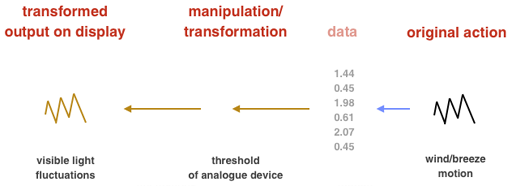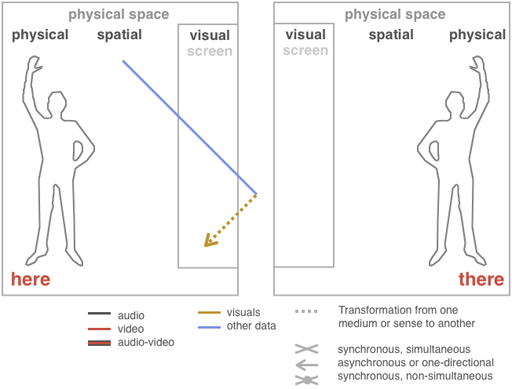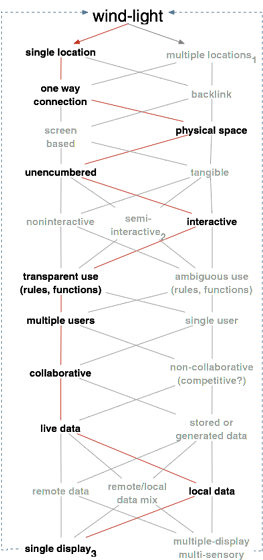Yoshiaki Nishimura "Wind-lit" (風灯), 2001

|
|||
|
In Japan the traditional Furin bells can still today be experienced both indoors and outdoors; in large numbers in public parks and temples - or as single bells in homes; And the same can be done with the "Wind-lit." |
|||

Digital vs. analogueAn innate quality of the Furin bell is the variety of sound events it can create. They range from fast and dynamic repetitions to sporadic and almost inaudible "brushing" sounds. |
|||
Experience: hearing vs. seeingIn the values described above "Wind-lit" reminds of other natural physical phenomena that can create engrossing and hypnotic effect as moving water or the flames of a fire do. Whereas flames and water captivate our attention through our visual sense, sounds tend to nourish our imagination and sense of space. Sounds as wind in the trees or wind chimes moving in a breeze have reportedly created these effects. Ambient vs. captivatingThere seem to be fundamental differences between how visual and auditive signals are processed by people. The visual sense seems to have mostly dominating, hypnotic, captivating and "closing down" properties, whereas the auditive sense has rather stimulating and "opening up" qualities. |
|||
Transformation in wind-litWind is being transformed into light fluctuations. Together these lights create a vivid meta-pattern. 
|
|||
Transformation & Spatiality in wind-lit Spatial movement of the trigger actuates the light, transforming the air current into a visual experience. 
|
|||
Classification of wind-litIt is probably worth discussing if wind-light is interactive and collaborative, but it is certainly not the opposite. 
|
|||
Links:With a http://www.livingworld.net/works/windlit2001/ |
|||
| last update: 9/8/02008 16:03 About Contact Disclaimer Glossary Index |
|||
